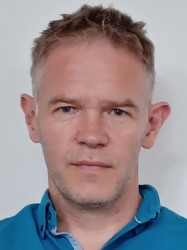BibTex format
@inbook{Thomas:2004:B0-12-512666-2/00037-7,
author = {Thomas, RP},
booktitle = {Encyclopedia of Mathematical Physics: Five-Volume Set},
doi = {B0-12-512666-2/00037-7},
pages = {439--448},
title = {Mirror Symmetry: A Geometric Survey},
url = {http://dx.doi.org/10.1016/B0-12-512666-2/00037-7},
year = {2004}
}

